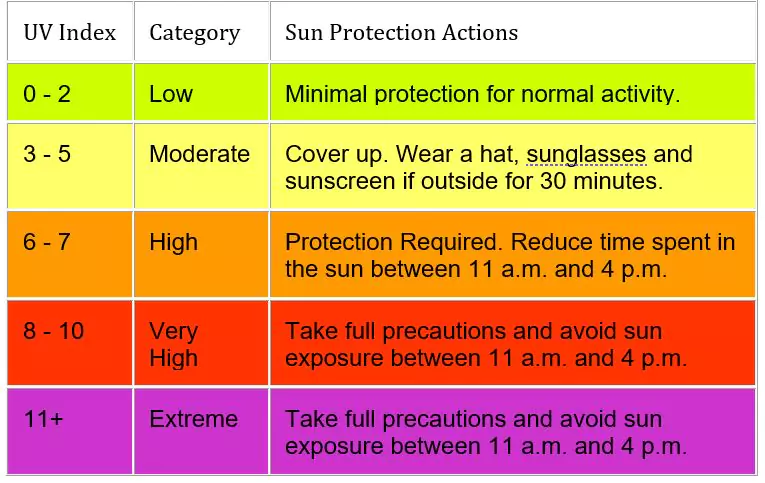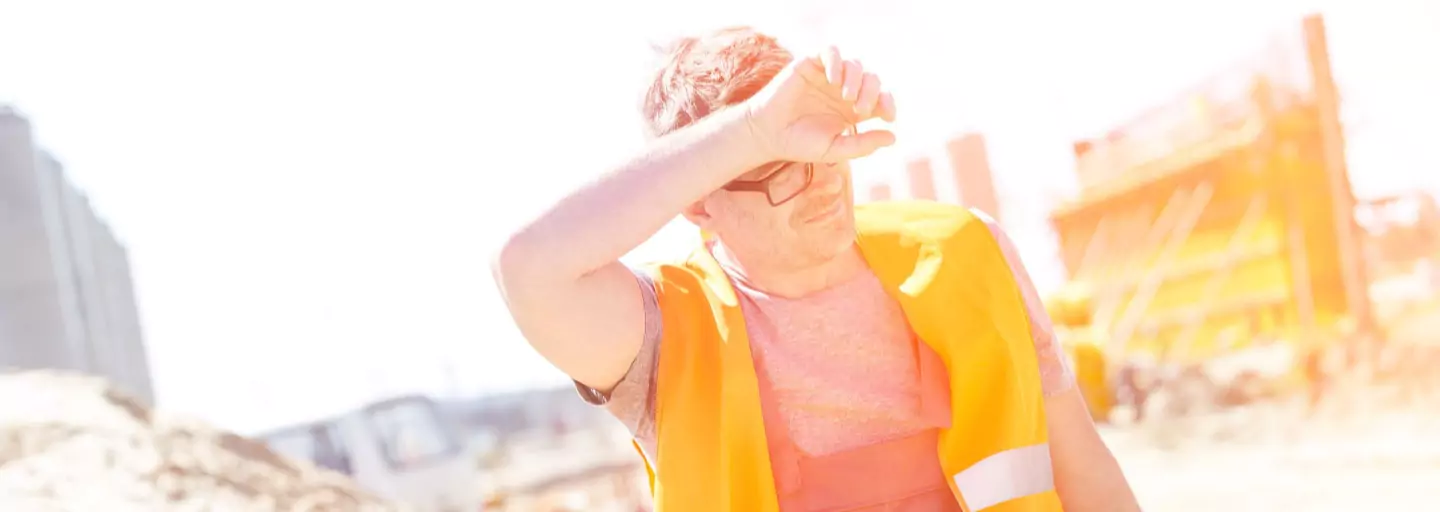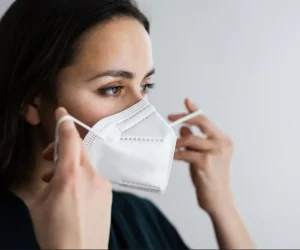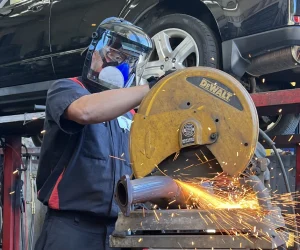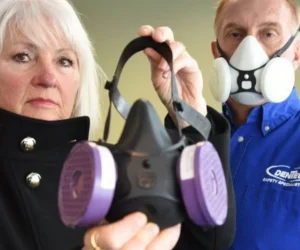Workers face risks every workday when they operate heavy equipment in construction, work outside on electrical lines and work in construction trades among the many other outdoor work environments. Yet one of the most consistent and dangerous occupational exposures that threatens outdoor workers’ health goes largely unrecognized – the sun’s ultraviolet radiation (UVR).
Here’s what you and your employees need to know to work safely under the sun?
1) Know your risk
Sun exposure at any age can cause skin cancer. You need to be especially careful if you have:
- numerous moles, irregular moles or large moles
- freckles, or burn before tanning
- fair skin, blond, red or light brown hair
You also need to consider the amount and intensity of the UVR to which you are exposed daily. You need to be especially careful if you:
- live or work at high altitude;
- spend a lot of time outdoors at midday or in the summer.
2) Stop the burn
Reducing sunburn is the single most preventable risk factor for skin cancer. Short periods of intense sun exposure are associated with a two-fold increase in melanoma risk. Also, it’s possible to get sunburned on a cloudy day. Clouds block only 20-40 percent of UVR.
3) Take cover
Staying out of the sun whenever possible is the most foolproof way to protect yourself. If no shade is available, bring portable shade with you to a jobsite. If you work or rest in a vehicle, window glass blocks UVB but not all UVA.
4) Cover up
As much as 85 percent of UVR can reflect off of sand, tile, cement and water, so shade cover may not be enough protection. Clothing can be an excellent sunscreen. Long-sleeved shirts with collars, long pants, shoes and socks provide more coverage than tank-tops, t-shirts, shorts and sandals. Fabrics with a tight weave between the threads block more UVR than loosely woven fabrics. Light-colored clothing feels cooler because it reflects infrared light (heat), but darker colors absorb harmful UVR better.
5) Wear a hat
More skin cancers occur on the head and face than any other place on the body. Tightly woven hats with a three-inch brim all the way around can help reduce sun exposure to the head, face and neck by as much as two-thirds.
6) Use sunscreen
Sunscreen is a valuable sun protection measure when used appropriately. Regular use of a broad-spectrum sunscreen is effective in preventing UVR-induced skin damage that may result in skin cancer. There are two major types of UVR that damage skin, UVB and UVA. All sunscreens protect against UVB, but only broad spectrum sunscreens protect against both UVB and UVA. To block UVA, look for avobenzone, oxybenzone, zinc oxide and titanium dioxide in the active ingredients. The active ingredients in sunscreen absorb, reflect or scatter the harmful rays of the sun.
Sunscreen provides protection for a limited amount of time; usually the number of minutes it normally takes your skin to redden multiplied by the SPF of the sunscreen.
The Solution: Ideally, a broad spectrum, high SPF (Sun Protection Factor) sunscreen should be used in addition to wearing sun protective clothing. Reapply sunscreen every two hours. The reapplication of sunscreen only keeps up the protection of the first application; it doesn’t give you extra or longer protection. The pouch-style container is a convenient solution as workers can take a few pouches with them on the job and apply sunscreen several times during the day. These towelettes have UVA and UVB protection with an SPF value of 30.
7) Shade your eyes
Like the skin, your eyes can be damaged from too much sun exposure. UVR can cause cataracts, degeneration of the retina, and even melanoma of the eye. UV-protective sunglasses can reduce UVR exposure to the eyes significantly. Choose sunglasses that block 99-100 percent of UVR. Bigger lenses or lenses that wrap around the face offer more UVR protection.
8) Do a skin self-exam
When skin cancer is detected early it can almost always be cured. The most important warning sign for skin cancer is a spot on the skin that is changing in size, color or shape. Examine your skin and see a doctor if you find anything unusual.
9) Check UV Index daily
The Index predicts UVR intensity on a scale of 1 to 11+, where 1 means minimal risk and 11+ means a very high risk of overexposure. Checking the Index can help you plan the sun precautions your employees should take each workday.
10) Work environments at the highest risk
| Pipeline Companies Construction Companies Construction Trades Forestry & Lumber Department of Transport Grounds keeper/Landscape Telephone Companies Cable Companies Natural Gas Companies |
Parks & Rec. Departments Amusement & Water Parks Fisheries & Coast Guard Railway Companies Public Utility Commissions Hydro Electric Companies Police & Fire Departments Petroleum Companies Unions |
ENVIROMENT CANADA UV INDEX
Look for it in your everyday forecast before you go out doors to work or play.
